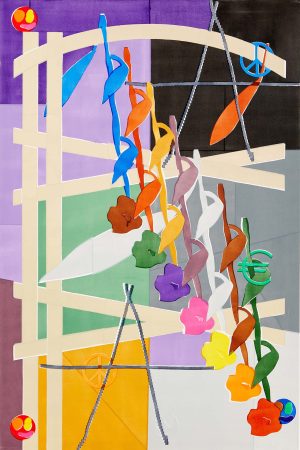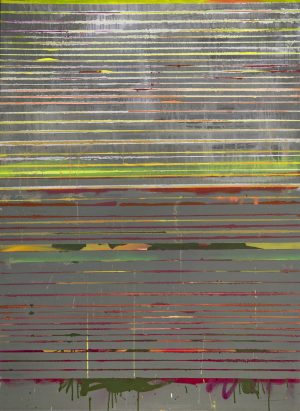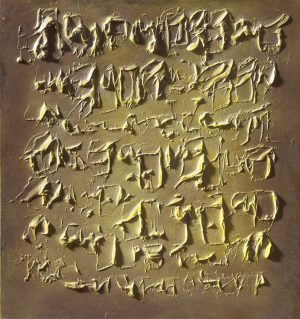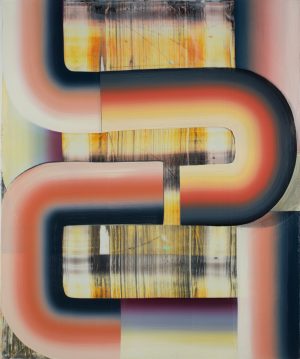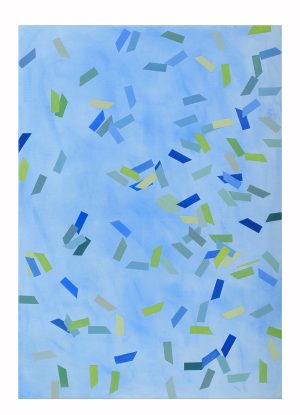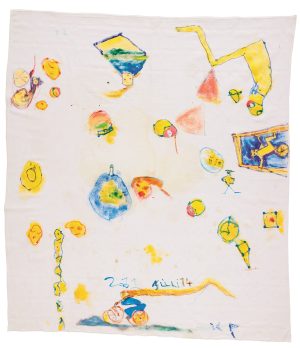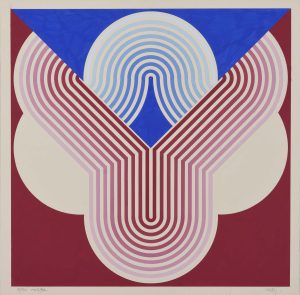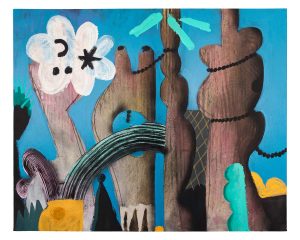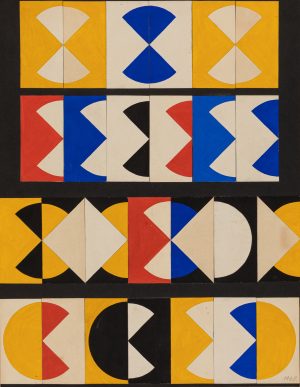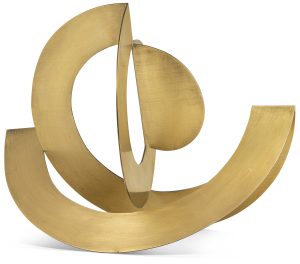
János FAJÓ
Swing-Swung
- Year(s)
- 2006
- Technique
- chrome-steel
- Size
- 32x42x26 cm
Artist's introduction
János Fajó is one of the leading figures of Hungarian Constructive Geometric art. During his decades-long career, he researched empirical and geometric phenomena with a unique rigour. In his work, he investigated repetitive structures and their complex variations. His experiments in form spanned different media, including graphic work, screenprints, paintings, wall objects and sculptures. The easily recognisable, orderly visual universe of his works points to the inexhaustible nature of colour and form, relying on the purest pictorial attitude. He created symmetry, asymmetry, infinite variation of movement, rhythm, and dynamic relations by organising simple planar shapes. János Fajó graduated from the Hungarian College of Applied Arts in 1961. In 1971, he founded the renowned Neo-Avant-Garde group, the Pest Workshop, which printed multipliable graphics to democratise art. In addition to his publishing activities, he ran a free school for decades and organised exhibitions as the director of the Józsefváros Gallery. He received the Munkácsy Prize in 1985 and the Kossuth Prize in 2008. He has been teaching at the Hungarian University of Applied Arts since 1989. In 2016, he was elected as a member of the Széchenyi Academy of Letters and Arts. His works can be seen in significant local and international museum collections such as the Ludwig Museum, the Hungarian National Gallery, the Albertina in Vienna, the Neue Galerie am Landesmuseum in Graz, Haus Konstruktiv (The Foundation for Constructive and Concrete Art) in Zurich and the Moscow Museum of Modern Art, as well as important national and international private collections. Zita Sárvári
More artworks in the artist's collection »
